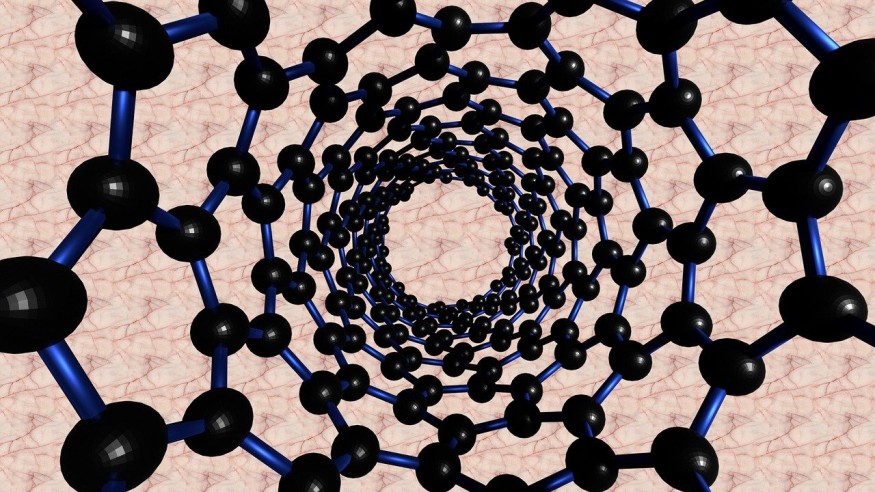Nanotechnology covers more than just science-fiction ideas of liquid, shapeshifting machines and video game memes. Today this field has made a lot of contributions towards the goal of addressing man-made pollution and combating climate change.

Using nanotechnology products for cleaning pollutants
Most people would think tiny little robots as the most 'realistic' representation of today's nanotechnology. But in reality, nanotech includes both the machines as well as special particles chemically designed to tackle materials specific to many environmental threats.
Here are just three of the different ways they have been used:
1. Pollutant testing
One of the things that have made the topic of pollution and climate change so controversial is that many parties feel accused, which in turn, provokes demand for evidence that their current industry processes could be contributing to the problem.
It would also be unfair if these demands are ignored, because false accusations often lead to incorrect remedies to the climate change problem.
That is why testing is important, and climate action advocates need to make sure they have fast, cost-efficient and accurate testing to identify the real source of an environment's pollution problem. This can make the accused parties more amiable to testing and also more open to making changes.
This is one area where nanotech research has made some headway. For instance, nanocarriers are being used to filter and test for the presence of heavy metals in local water supplies.
2. Carbon capture components
More and more people are aware that carbon capture technology is undergoing rapid development (especially when experts warn that reducing emissions may no longer be enough to change the course of climate change).
Still, these technologies are not as simple as simply sucking 'bad CO2' out of the air. One of the things that has made this type of technology feasible in the first place is the development of nanomaterials.
Many of these carbon capture machines require a highly specialized chemical reaction that involves the massive conversion of CO2 into compounds that can then be reused for other products.
3. Emergency cleanup
Last but certainly not the least, there is still a lot of potential in the use of nanomachines to clean up toxic spills. Many of these machines are capable of moving and storing foreign substances (like oil) in sufficient quantities, enabling stronger containment and preventing spills from doing their worst to nearby shorelines.
Of course, this could be just the beginning. It is possible that nanomachines could also help in the cleanup of microplastics and other similarly-sized waste particles contributing to our large pollution problem.
Environmental challenges of nanotechnology
Now, while the research and development of environmental nanotechnology is quite promising, there are certainly some concerns. The most pressing are costs, and the sustainability of the technology itself.
The cost to manufacture nanomachines is understandably very high, and the same goes for any initiative that would mass produce specialized nanomaterials on a larger scale. Getting industry leaders to buy in will still prove challenging.
This goes hand-in-hand with proving that these solutions will also not create their own set of problems in the future. A lot of the costs of research and production are also tied in with making sure that the introduction of these nanomaterials will not have their own adverse effect on the climate and local ecosystems.
Regardless, there remains plenty of reasons to stay optimistic and more investment into the science could lead the way to realizing powerful answers to the big pollution problem.
© 2025 NatureWorldNews.com All rights reserved. Do not reproduce without permission.





